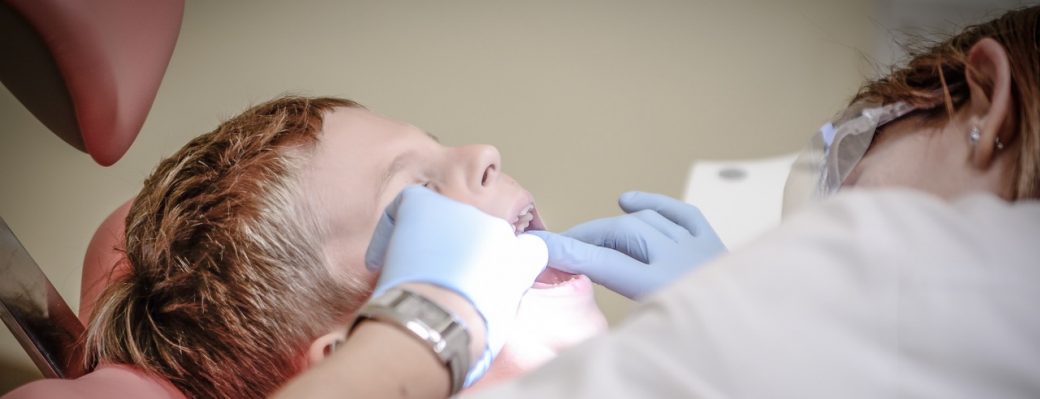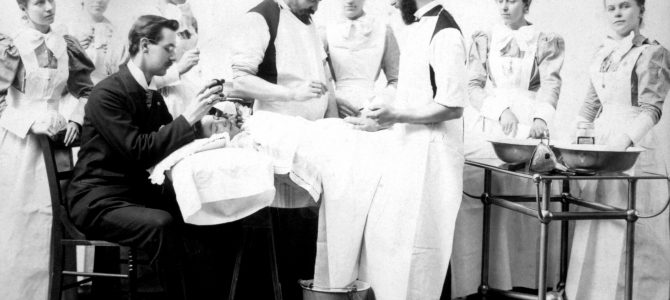The history of Anesthesia dates back to the late 1800s when an English minister, Joseph Priestley started experiencing with the gases that emerged after pouring nitric acid over brass. This formed what he then called Nitric air, known today as Nitric Oxide. Then he mixed this gas with Iron filings and Mercury to form dephlogisticated Nitrous air, or what we now call Nitrous Oxide. He tried to use the newly discovered gas to cure intestinal diseases, the method insufflating the bowels.
It wasn’t until the 19th century when Humphry Davy, who abandoned his formal education to study Priestley’s work on gases, built an airtight room to breathe Nitrous Oxide, previously thought to be deadly, he then found it to produce euphoria as well as analgesia. According to Davy, “it appears capable of destroying physical pain and might be advantageous during surgery”. His findings would still go largely unnoticed for nearly 50 years. It did, however, find some entertaining benefit in the meantime, shown often in satirical prints as Laughing Gas.
On December 10th, 1844 everything changed. This was the night med school drop-out and showman Gardner Colton was demonstrating the effects of Nitrous Oxide when his volunteer seriously injured his leg but showed no signs of pain. Horace Wells, a local dentist, just happened to be in attendance that night watched in amazement. A light went off in his head. He had Colton administered the Nitrous Oxide the following day for the extraction of one of his own teeth, proving that this new gas would blunt painful responses. Unfortunately, when Wells tried to demonstrate his findings at Massachusett General Hospital, it failed with the patient cried out in pain and unable to hold still. Wells life spiraled out of control with Chloroform addiction, and eventually, he anesthetized himself and used a straight razor cut an artery in his leg. He ended his life.
 The glory of Anesthetic Gas discovery when instead to Well’s former colleague on October 16th, 1846, William Morton use Ether to anesthetize a patient for the remover of a neck mass. The patient stated that he felt no pain. After that, the use of Ether for surgical procedures spread rapidly. There is some debate as to who credit really goes to but it was the painless removal of the neck turmoil that landed to its popularity. Ether, however, has its downside, like the high likelihood of nausea and vomiting, delayed emergence and flammability. Alternatives emerged in John Snow considered to be the first anesthesiologist popularized Chloroform. Nitrous Oxide also re-emerged when Gardner Colton administered it successfully during thousands of dental procedures.
The glory of Anesthetic Gas discovery when instead to Well’s former colleague on October 16th, 1846, William Morton use Ether to anesthetize a patient for the remover of a neck mass. The patient stated that he felt no pain. After that, the use of Ether for surgical procedures spread rapidly. There is some debate as to who credit really goes to but it was the painless removal of the neck turmoil that landed to its popularity. Ether, however, has its downside, like the high likelihood of nausea and vomiting, delayed emergence and flammability. Alternatives emerged in John Snow considered to be the first anesthesiologist popularized Chloroform. Nitrous Oxide also re-emerged when Gardner Colton administered it successfully during thousands of dental procedures.


